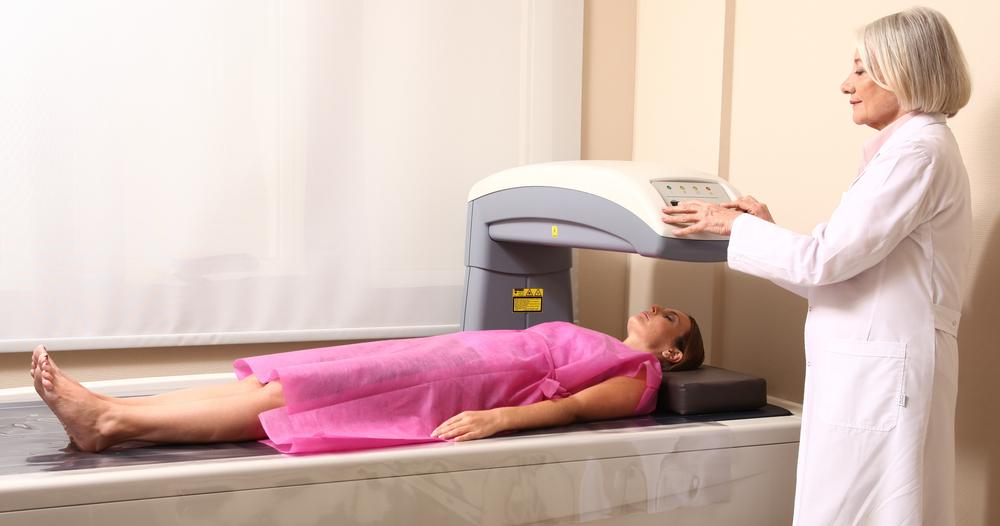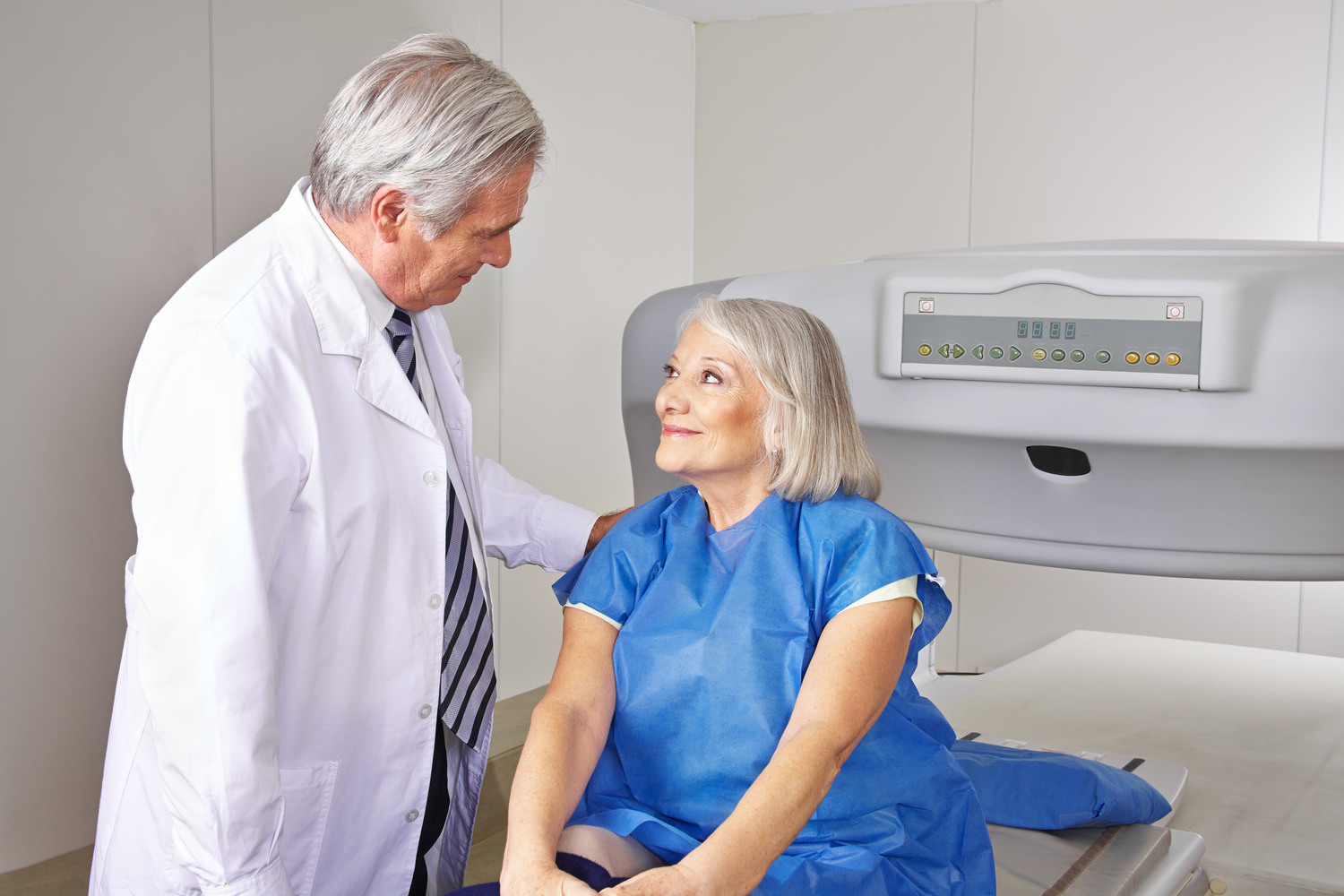Comprehensive Guide to Osteoporosis Screening: Essential Tests and Preventive Strategies
This comprehensive guide explores osteoporosis screening methods, including DEXA scans and blood tests, emphasizing the importance of early detection and preventive care. Learn about screening frequency, insurance coverage, and lifestyle approaches to maintain healthy bones and prevent fractures, especially for high-risk groups like postmenopausal women.

Comprehensive Guide to Osteoporosis Screening: Essential Tests and Preventive Strategies
Osteoporosis is a silent yet serious condition characterized by the gradual loss of bone density, which leads to increased bone fragility and a higher risk of fractures. It is often called the "silent epidemic" because many individuals are unaware they have it until a fracture occurs. Millions of people worldwide suffer from osteoporosis-related fractures each year, primarily affecting the wrist, spine, and hips. These fractures can severely impact mobility, independence, and overall quality of life, especially among older adults.
Understanding osteoporosis, its risk factors, and the importance of early detection through screening and testing can significantly reduce the burden of this disease. Postmenopausal women are particularly vulnerable because hormonal changes lead to accelerated bone loss during menopause, contributing to approximately 80% of osteoporosis cases. This makes regular bone health assessments vital, especially for women over the age of 65, to implement timely interventions that can prevent life-altering fractures.
In this comprehensive guide, we will explore the various aspects of osteoporosis screening and testing, including recommended intervals, types of tests, what to expect during evaluation, insurance coverage options, and preventive strategies to protect bone health.
Frequency of Osteoporosis Screening: When and How Often Should You Get Tested?
The necessity and frequency of osteoporosis screenings depend on individual risk factors such as age, gender, medical history, lifestyle, and existing health conditions. Generally, women aged 65 and above are advised to undergo bone density testing at least once every two years. However, specific circumstances may warrant more frequent assessments. For instance, women in their 60s with vitamin D deficiency or other risk factors like low body weight, smoking, or a family history of osteoporosis might need annual scans to monitor bone health closely.
For healthier postmenopausal women without immediate risk factors, biennial testing could be sufficient to track bone density and prevent future fractures. Young adults with risk factors or those undergoing treatments that impact bone health, such as corticosteroid therapy or chemotherapy, should consult their healthcare providers about appropriate screening schedules to ensure early detection and intervention.
Regular screening plays a pivotal role in early diagnosis and management of osteoporosis, especially since early stages often present no symptoms. Detecting bone loss before fractures occur can lead to more effective treatment options, lifestyle modifications, and medication management.
What Does Osteoporosis Testing Include? An In-depth Look at Diagnostic Procedures
When your doctor suspects osteoporosis based on symptoms, risk factors, or family history, they typically recommend specific tests to evaluate bone health. These tests help determine bone density levels, identify underlying causes of bone degradation, and guide treatment planning. The most common and reliable testing methods include:
Bone Density Scan (DEXA or DXA): This dual-energy X-ray absorptiometry scan measures the mineral content in bones, primarily at the hip and spine. It is the standard diagnostic tool for osteoporosis, providing precise measurements of bone mineral density (BMD) and helping classify the severity of bone loss. The DEXA scan is quick, non-invasive, and involves minimal radiation exposure.
Blood and Urine Tests: These analyses help identify metabolic or nutritional deficiencies, hormonal imbalances, or other health issues that might contribute to bone loss. For example, blood tests can assess calcium, vitamin D levels, thyroid function, and markers of bone turnover, while urine tests can provide additional insights into bone resorption processes.
In addition to DEXA scans and laboratory tests, advanced imaging techniques like Quantitative Computed Tomography (QCT) can be employed, particularly to assess spinal bone loss in more detailed ways. QCT provides three-dimensional images and can evaluate volumetric bone density, offering supplementary information for cases where standard DEXA results are inconclusive or require further clarification. Especially useful in monitoring ongoing treatment effectiveness, QCT can help clinicians adjust therapeutic strategies accordingly.
Insurance Coverage for Osteoporosis Screening: What You Need to Know
Financial considerations are an important aspect of osteoporosis management. Fortunately, many insurance plans, including government programs like Medicare, widely cover essential testing procedures. For instance, Medicare generally provides coverage for DEXA scans every two years for individuals aged 65 and older, with additional provisions for younger individuals at increased risk based on their health profile.
Private insurance plans may offer similar coverage, typically including bone density testing for those with a history of fractures, chronic illnesses linked to bone loss, or patients on medications that affect bone health. It is advisable to verify coverage details with your insurance provider prior to scheduling tests to ensure coverage and understand any potential out-of-pocket costs.
Early detection through covered screenings can significantly reduce the risk of severe fractures and associated complications. If you're at higher risk of osteoporosis or have a family history of the disease, discuss your screening needs with your healthcare provider to optimize your bone health strategies.
Preventive Measures and Lifestyle Tips for Maintaining Strong Bones
While screening and testing are vital for early diagnosis, adopting a bone-healthy lifestyle plays a crucial role in preventing osteoporosis. Adequate intake of calcium and vitamin D, regular weight-bearing exercise, avoiding smoking, and limiting alcohol consumption are fundamental steps to promote bone strength.
Nutrition: Consuming calcium-rich foods such as dairy products, leafy greens, and fortified foods, along with sufficient vitamin D from sunlight and supplements if necessary, supports optimal bone mineralization.
Physical Activity: Engaging in regular weight-bearing and muscle-strengthening exercises helps maintain bone density and improves balance, reducing fall risk.
Medical Management: For those diagnosed with osteoporosis or at high risk, medications such as bisphosphonates, hormone therapy, or other treatments may be prescribed to slow bone loss and increase bone formation.
Monitoring and Follow-up: Consistent medical follow-up and periodic testing enable ongoing assessment of treatment efficacy and adjustment of strategies as needed.
In summary, understanding the importance of osteoporosis screening and staying proactive about bone health can make a significant difference in preventing fractures and maintaining quality of life in later years. Early detection, combined with lifestyle adjustments and medical interventions, offers the best defense against this widespread condition.





